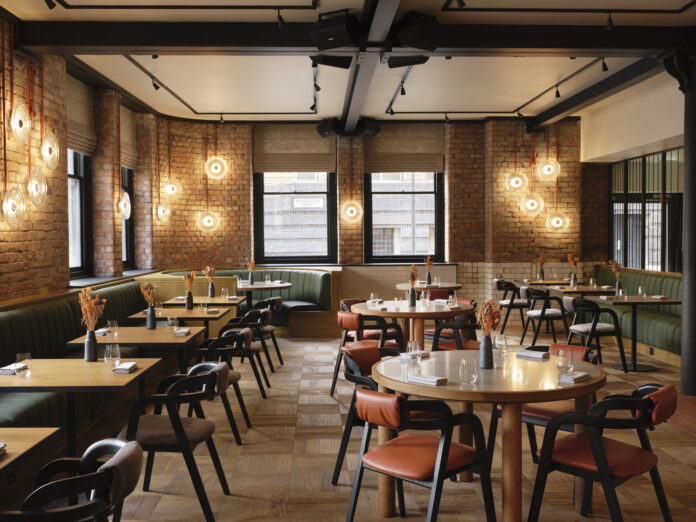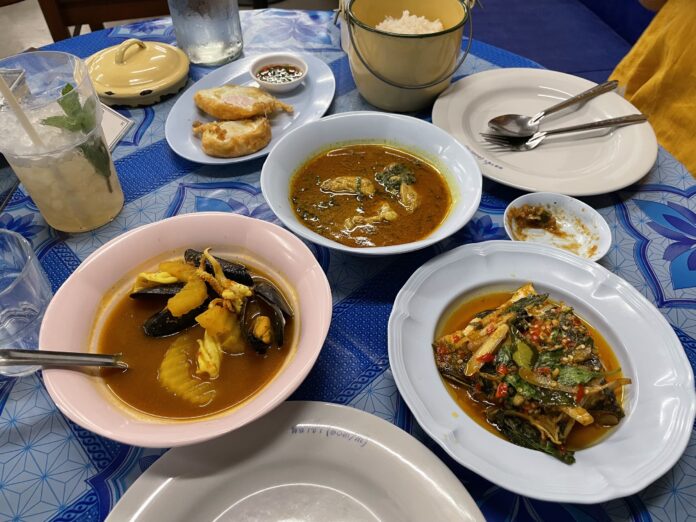Few construction and building safety topics are as widely misunderstood as fire-rated roof hatches. These unassuming heroes of modern architecture play a crucial role in keeping our buildings safe from the ravages of fire. But what exactly makes them tick? Here’s a simple summary of European standards and regulations surrounding these life-saving devices.
The Standard Bearer: EN 1634-4
At the heart of fire-rated roof hatch testing lies the EN 1634-4 standard. This European benchmark tests roof hatches, assessing their ability to resist fire and maintain structural integrity. Picture this: a roof hatch subjected to intense flames, all in the name of safety. These tests can last anywhere from a quick 30 minutes to a marathon 4 hours, depending on the hatch’s materials and design.
But why all the fuss? Well, in densely packed urban areas or buildings with specific safety needs, these fire-rated hatches are not just excellent to have – they’re essential. They’re the thin line between a contained incident and a potential disaster.
EAD 020011-00-0405: The Guidebook of Fire Safety
If EN 1634-4 is the test, then the study guide is the European Assessment Document (EAD) 020011-00-0405. This comprehensive document lays the groundwork for manufacturers aiming to get their products on the European market. It covers everything from mechanical stability to fire reaction, ensuring every roof hatch is up to snuff.
Under the watchful eye of the Construction Products Regulation (EU) No 305/2011, manufacturers can prove their products are safe and effective. It’s like getting approval from the fire safety gods themselves!
The European Fire Safety Landscape
In Europe, fire-rated roof hatches are more than just a trend – they’re a way of life. You’ll find them mandatory in buildings cosied up next to each other, have layouts more complex than a maze, or house vulnerable occupants. These hatches don’t work alone, though. They’re part of a larger fire protection squad, teaming up with fire-resistant doors, walls, and floors to keep flames at bay.
The Secret Ingredients: Materials Matter
So, what goes into making these firefighting champions? It’s all about the materials:
Aluminum with Steel Cladding
Like a superhero with armour, this combination offers strength and fire resistance.
Non-Combustible Mineral Wool Insulation
This wonder material stops fire in its tracks and keeps things quiet. It’s like the strong, silent type of insulation.
Fire-Resistant Seals and Gaskets
These unsung heroes prevent smoke and flames from sneaking through the cracks, maintaining the hatch’s integrity even when the heat is on.
Ultimately, Europe’s approach to fire-rated roof hatches is all about rigorous testing, intelligent materials, and integration with overall building safety. By adhering to standards like EN 1634-4 and following the EAD 020011-00-0405 guidelines, manufacturers create roof hatches that don’t just meet the bar but raise it.
So, the next time you look up at a building’s roof, remember: there might be a fire-rated hatch up there, standing guard and ready to save the day. It’s not just a hatch; it’s a silent sentinel protecting us from the fiery threats lurking in our urban landscapes’ shadows.





